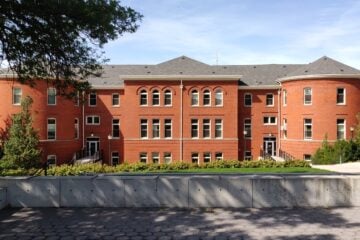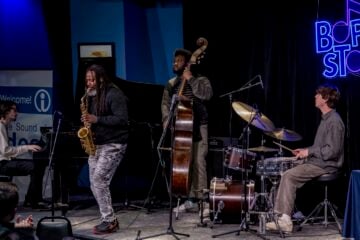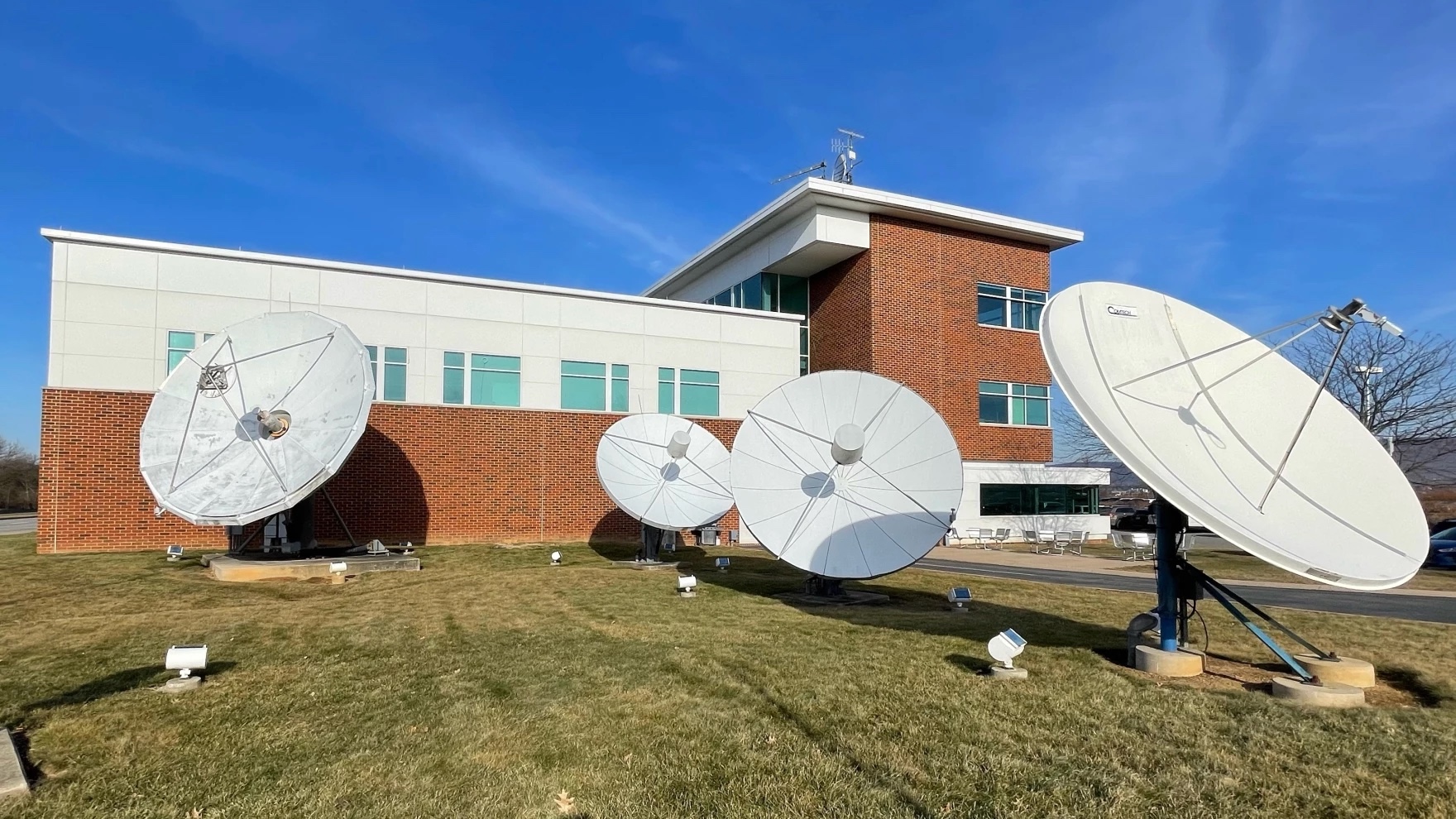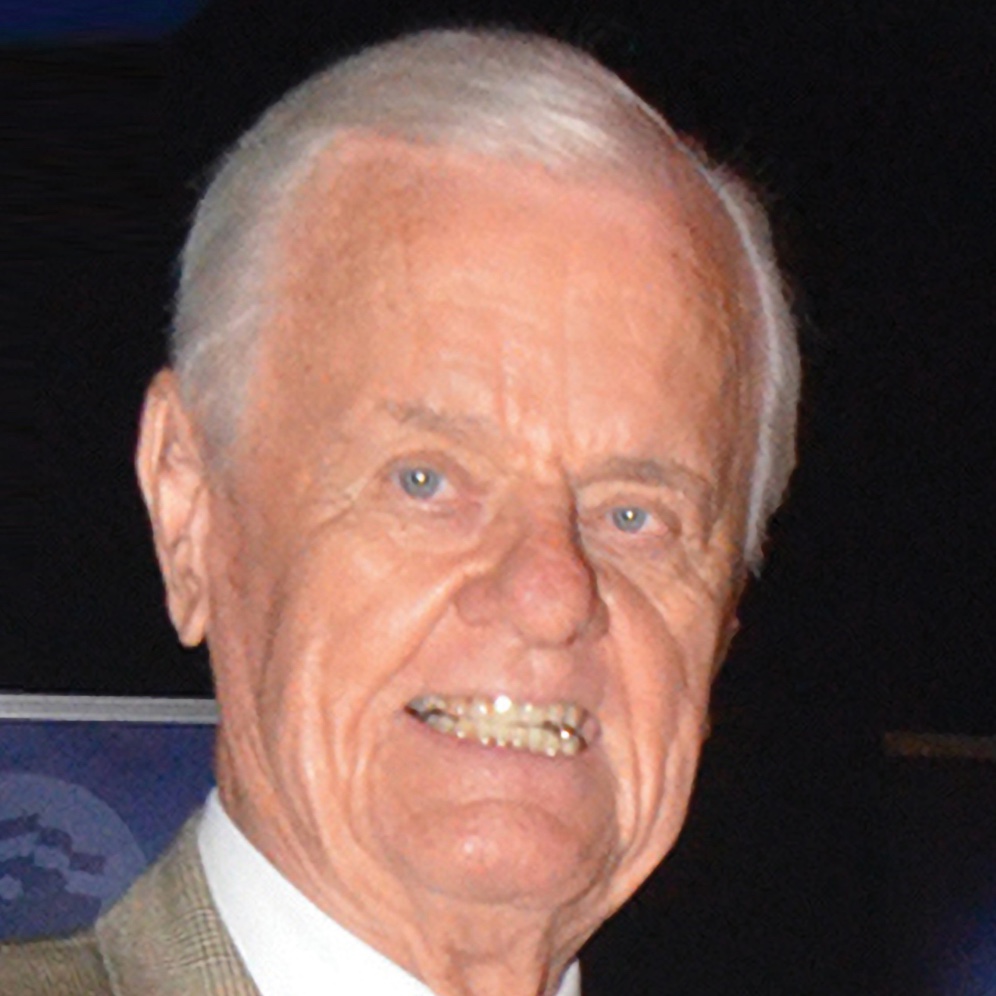California budget provides $15 million to KVCR licensee’s ‘long-range plan’

KVCR
KVCR's studios.
The California Legislature provided $15 million to KVCR in San Bernardino, the dual licensee’s second and largest infusion from the state budget in two years.
At a news conference Friday, state legislators and leaders from the station’s licensee, the San Bernardino Community College District, said the funding will help KVCR increase its staff, cover the costs of PBS and NPR programming and create a media training lab for the district’s students. KVCR will also continue its partnerships with Native American and Indigenous communities to distribute First Nations Experience, the digital multicast TV channel.
Lawmakers included the funds in the 2022–23 state budget, which California Governor Gavin Newsom signed into law June 30. Last year, lawmakers approved $4 million for KVCR through legislation dealing with postsecondary education.
District leaders first turned to state assembly members for assistance in early 2021 after tabling a controversial proposal to cut spending by replacing PBS and NPR programming with student-produced content. Former Interim Chancellor Jose Torres developed the proposal in 2020 in response to the stations’ steep financial losses. The plan included exploring a transfer of First Nations Experience, known as FNX, that KVCR distributes nationally to public TV stations.
After KVCR staff and community members objected to Torres’ proposal, SBCCD’s board of trustees and Torres reached out to state assembly members for assistance, a move that eventually led to the first infusion of $4 million from the state.
During the Aug. 12 press conference, SBCCD’s new chancellor, Diana Rodriguez, acknowledged that dropping PBS and NPR programming would be a loss for the station and the surrounding community. “Can you imagine our children turning on the TV and suddenly PBS and Big Bird were gone? Can you imagine turning on the radio in the morning and NPR News wasn’t there?” she said. “I couldn’t bear the thought of that.”
The district now has a “solid, long-range plan to strengthen KVCR’s future,” Rodriguez said.
Rodriguez became chancellor in August 2021. In May, the district trustees approved a long-term plan for KVCR and the district posted a video in which Rodriguez personally thanked the state lawmakers and Gov. Newsom for the $4 million appropriated in 2021.
New plans for the station include “recruiting an executive director and two positions for KVCR to increase donations and grants and overseeing broadcast operations,” producing new local programs and hiring two new positions to coordinate student trainees in the Institute of Media Arts at San Bernardino Valley College.
At the conference, Rodriguez thanked Assembly Majority Leader Eloise Gómez Reyes, a Democrat, for garnering legislative support for KVCR in the past two years.
“All of us at one time or another have been impacted, educated or enlightened by the content and programming provided by KVCR,” said Reyes, who spoke at the event. “Whether it has been by listening to public radio while driving to work, watching PBS children’s programming as a child or reading the local news … KVCR has been providing quality and reliable public content for decades.”
“We’re very proud of that,” Reyes added. “KVCR is one of the most important assets to the Inland Southern California region.”
In 2017, the district earned $157 million from the FCC’s television spectrum auction when KVCR-TV gave up its UHF signal and moved to a VHF channel. Staff who objected to the 2020 plan to eliminate PBS and NPR programming said weak management, conflicts with the district and misuse of spectrum auction funds had harmed the station.







